Photographing reptiles and amphibians
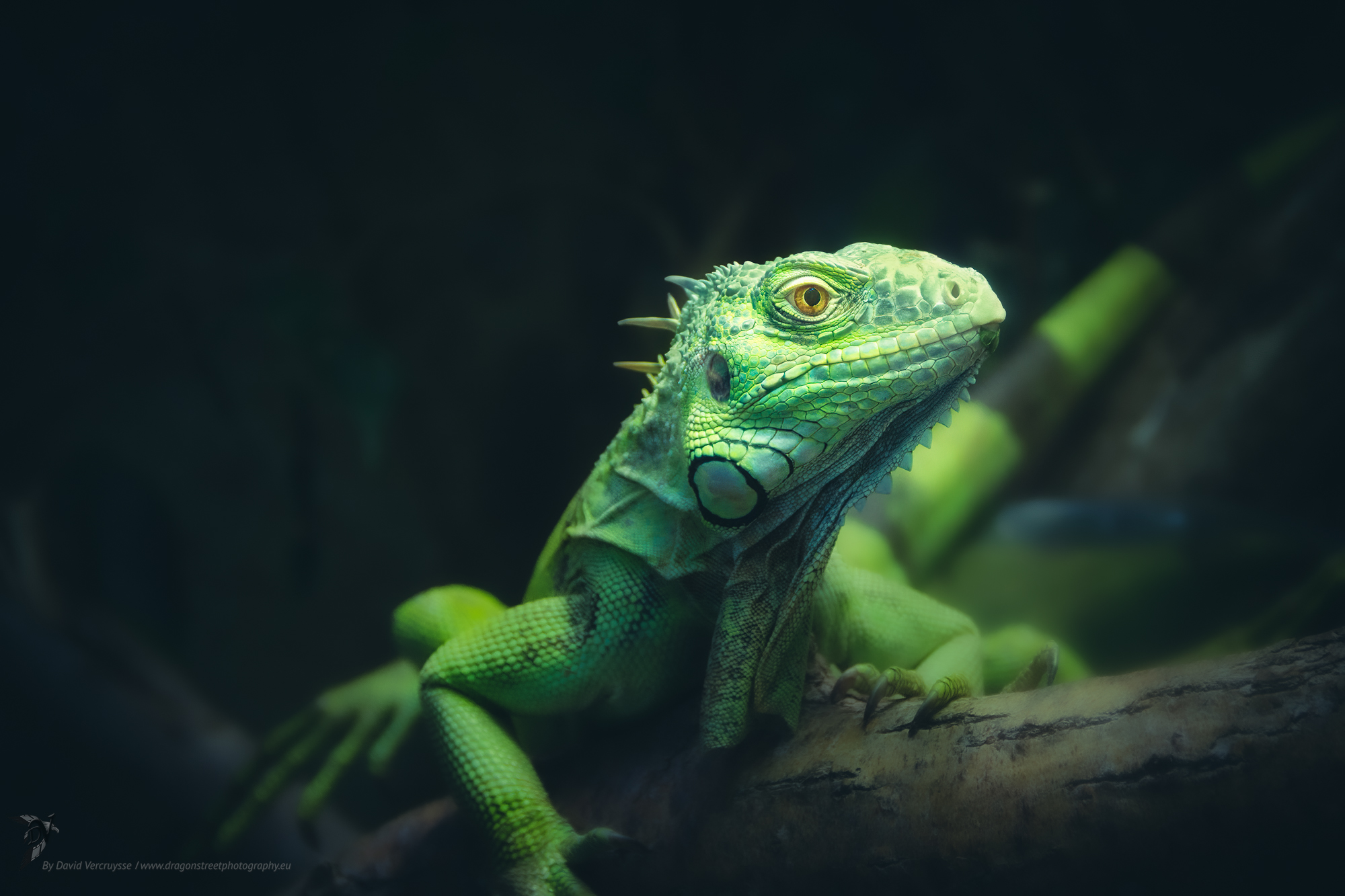
Photographing reptiles and amphibians has a few special features. Between their camouflage, their immobility and their hiding places, they don't make our task any easier!
If you're a keen amateur photographer, these articles are for you, so that you can exchange ideas and share our successes and failures in photography! Let's chat about the art of photography.

Photographing reptiles and amphibians has a few special features. Between their camouflage, their immobility and their hiding places, they don't make our task any easier!
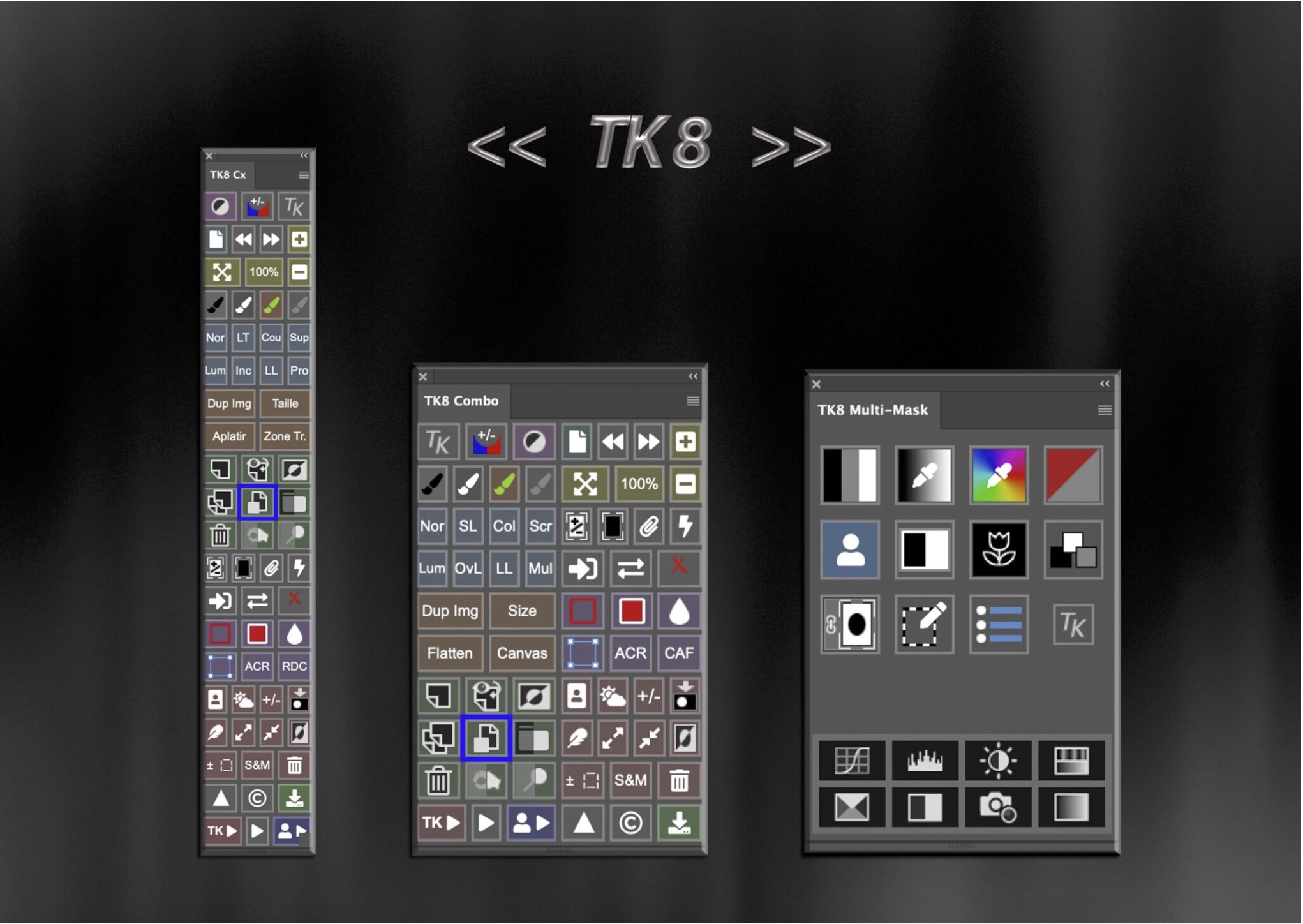
The art of luminance masks for sculpting the light in a photo to your liking. Modulating light and colour information is what I propose in this article.
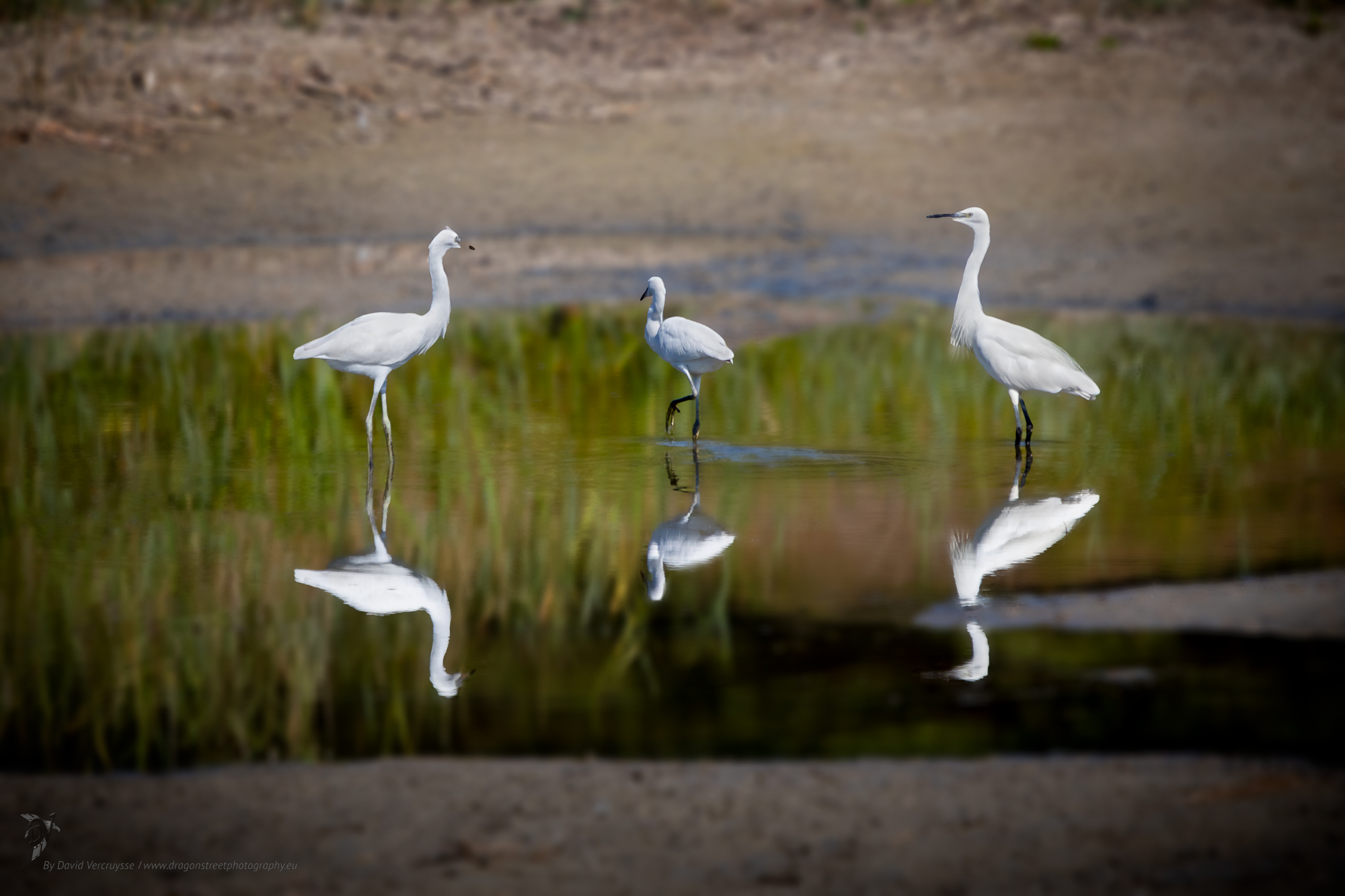
White animals are very easily over-exposed and often even burnt out. Yet it is perfectly possible to capture a great deal of detail in white fur or feathers.
Here are a few tips to avoid "burning" this wildlife in white dress.
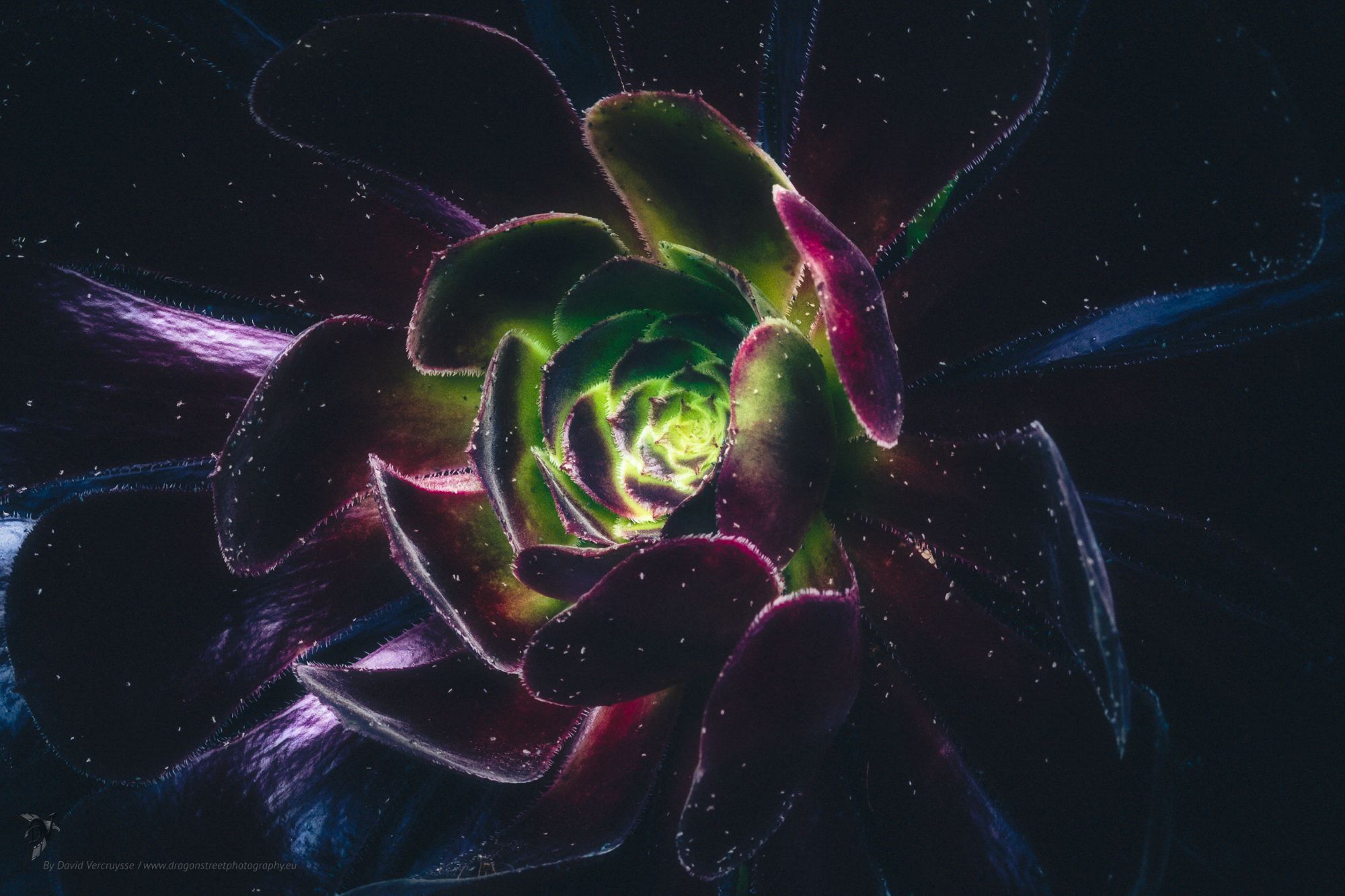
As a nature lover, here are 5 basic tips for photographing plants. These tips should enable you to obtain simply beautiful photographs and reduce post-production work.
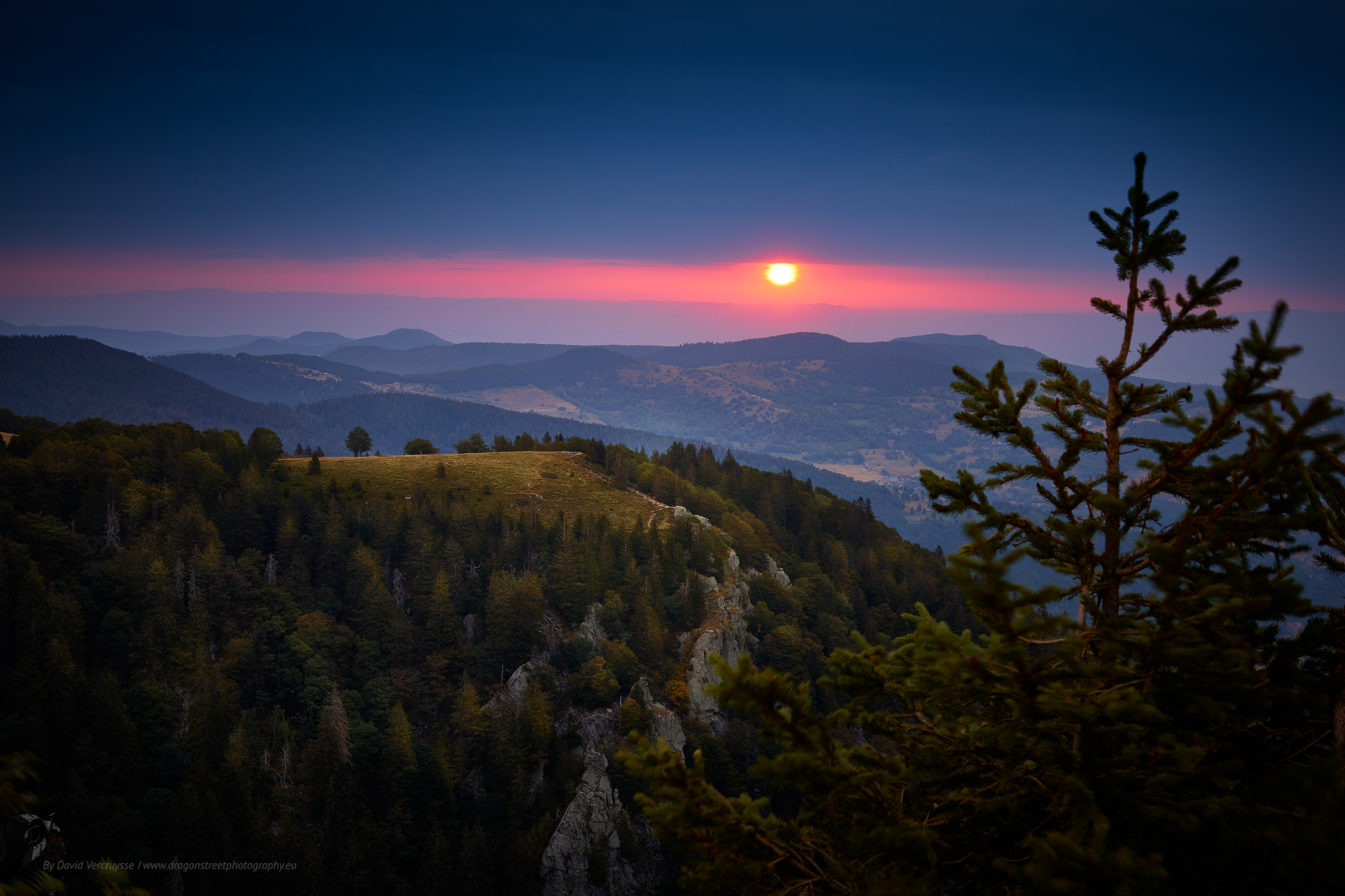
When you're starting out in business, it's the mistakes that forge your professionalism. Sometimes it's useful to take stock, to see how far we've come, to appreciate what has been a success, and not to forget the mistakes.
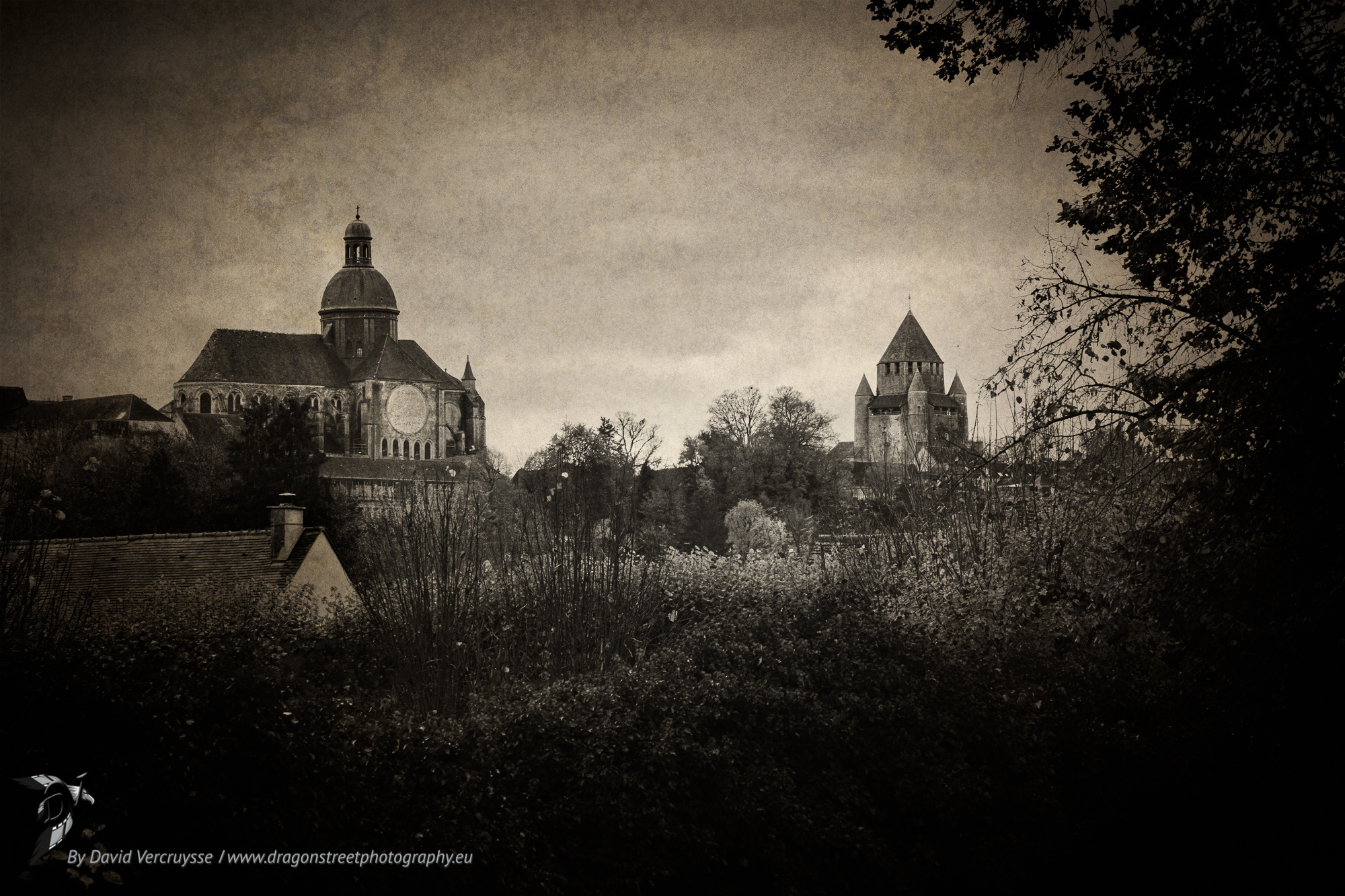
One of my favourite creative aspects of photography, as you might have guessed from the title, is textures. I find that textures can be a real 'creative' plus for certain photos.
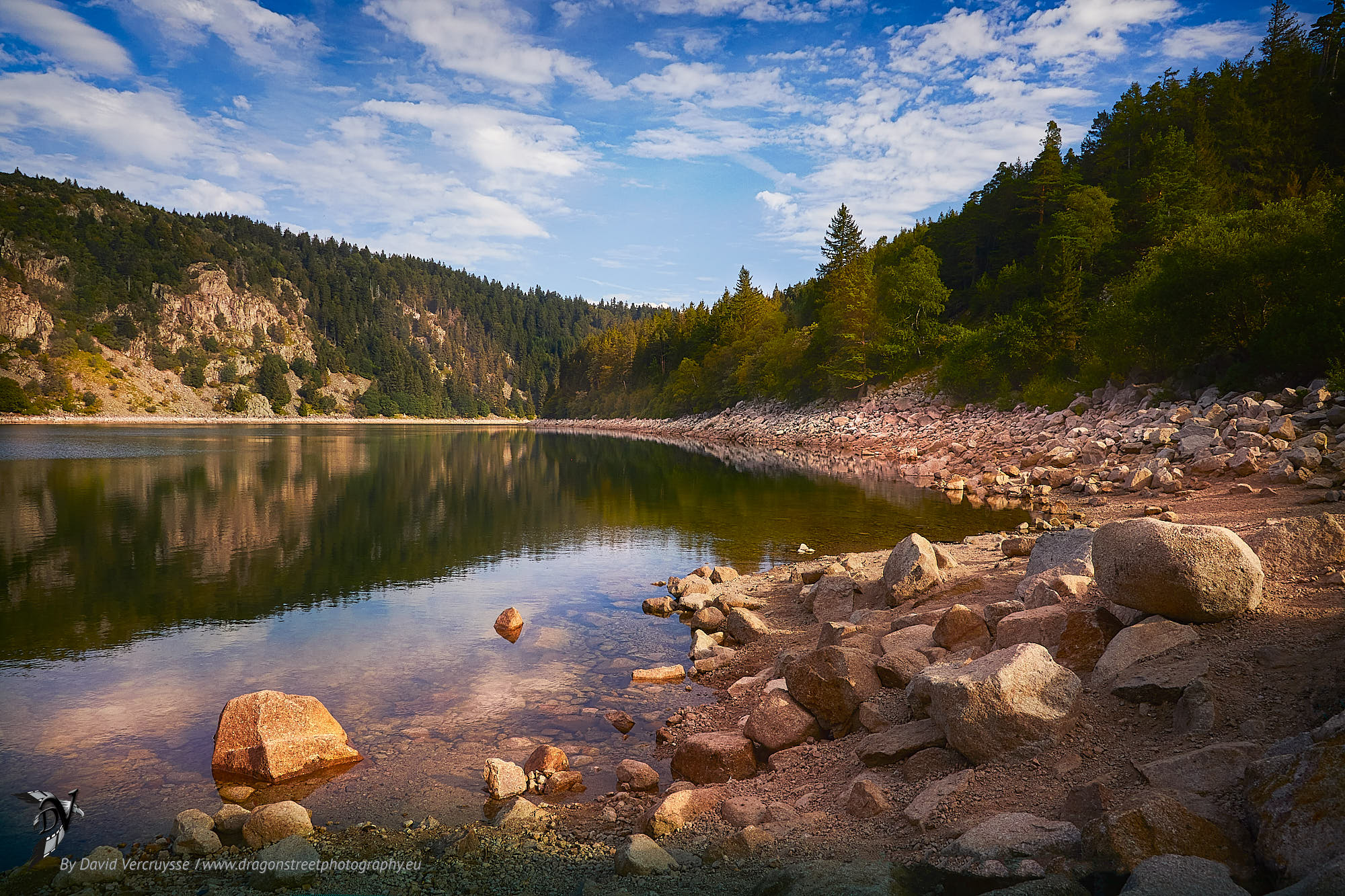
Organising your photos is a simple question, but one that can be very difficult to answer! Depending on the type of photography you do, it can be very simple or very complicated.